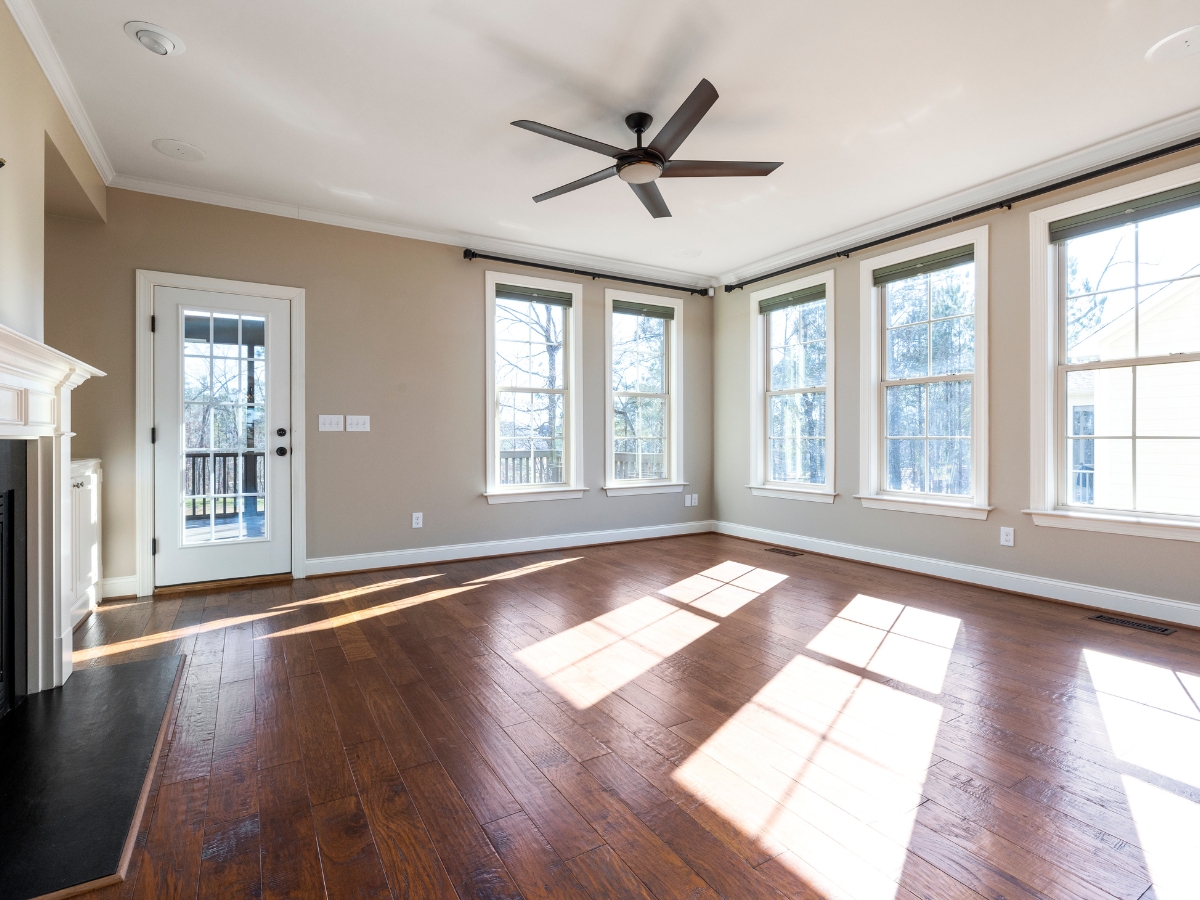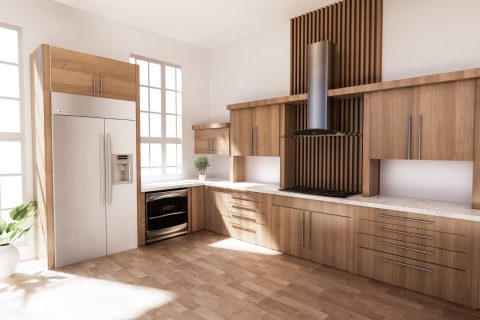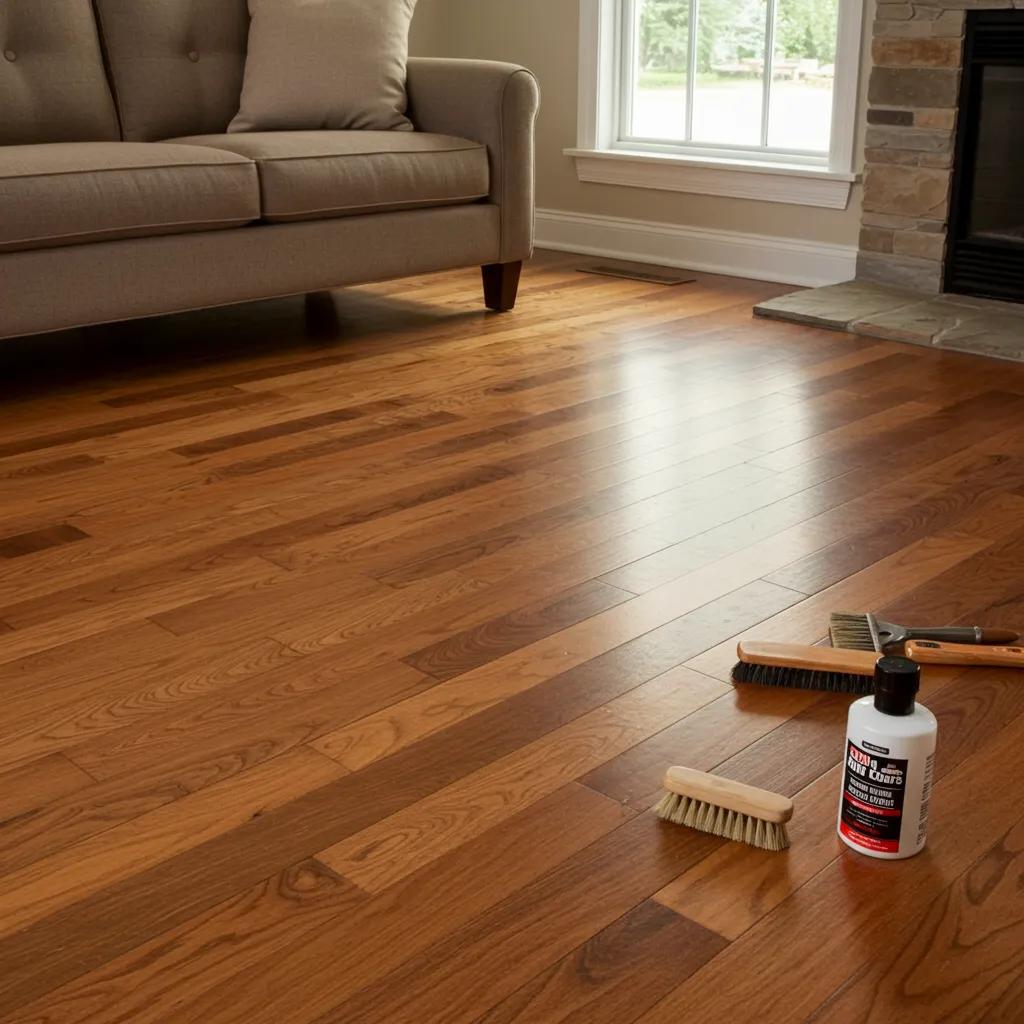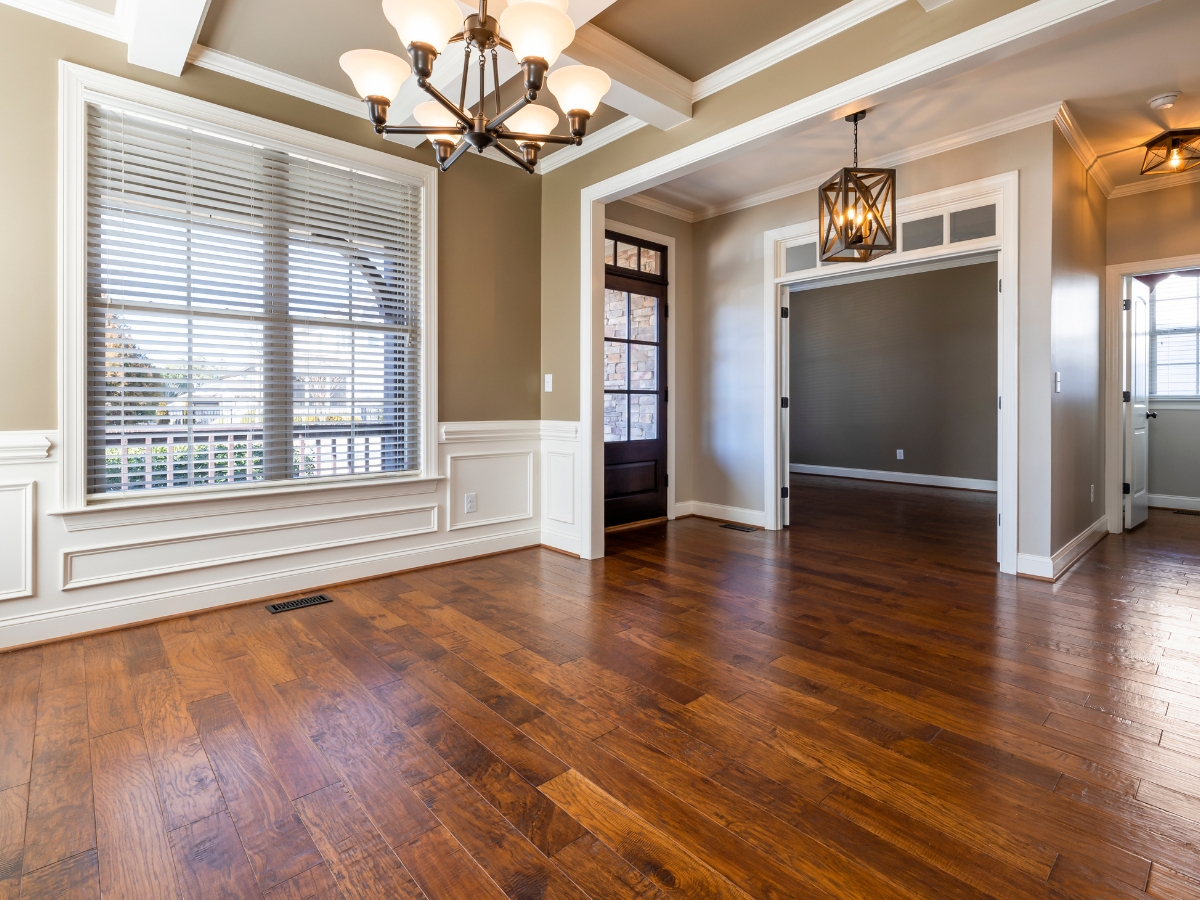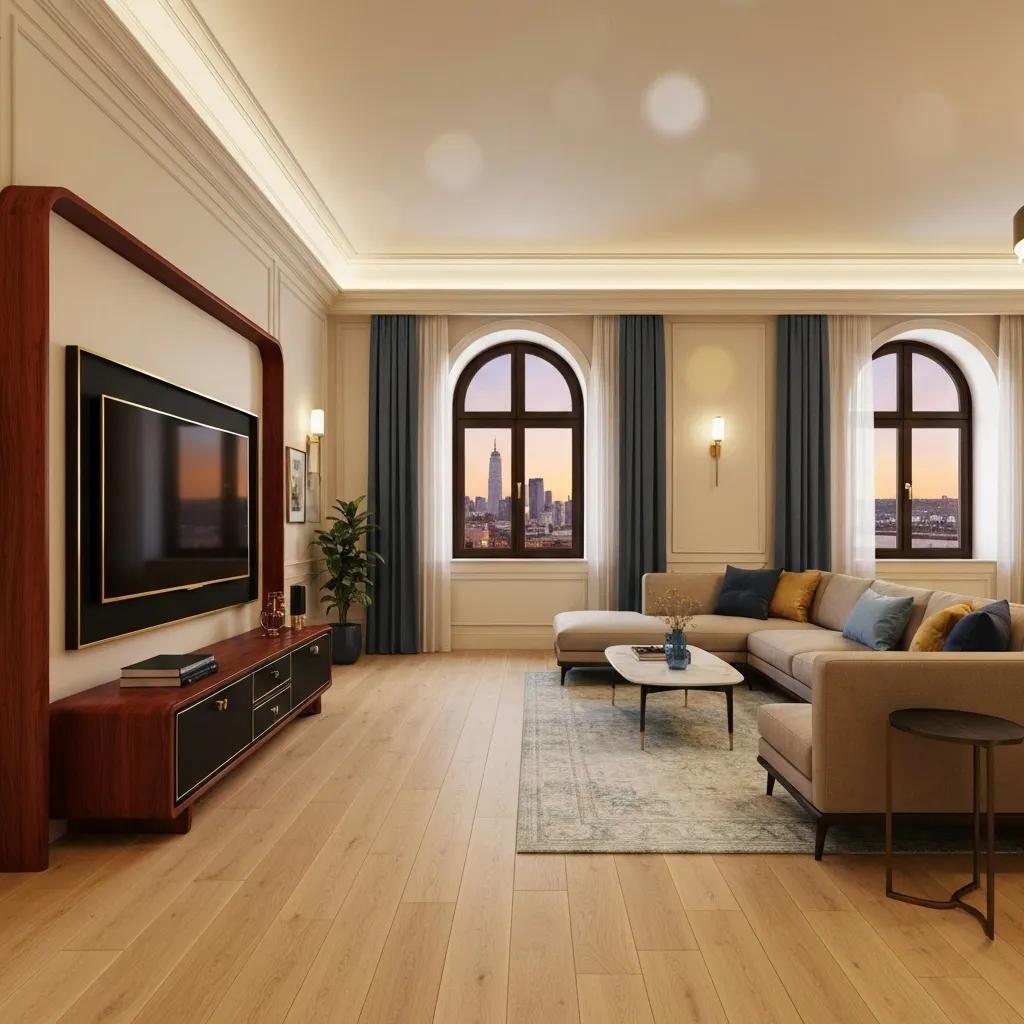Restoring hardwood floors in Decatur’s historic homes requires a delicate balance between preserving vintage charm and applying modern techniques—one wrong move could strip away decades of character. These century-old floors hold stories in their grain, but years of wear, sunlight, and layered finishes can leave them dull or damaged. In this guide, we’ll reveal expert-approved methods to restore hardwood floors without harsh sanding or chemicals, from gentle buffing and recoating to targeted repairs that maintain patina. Whether your floors are hidden under carpet or showing subtle scratches, you’ll learn how to bring back their warmth while protecting their heritage—the right way.
Restore Hardwood Floors in Older Decatur Homes: Expert Tips
Why Do Older Decatur Homes Demand Specialized Hardwood Floor Restoration?
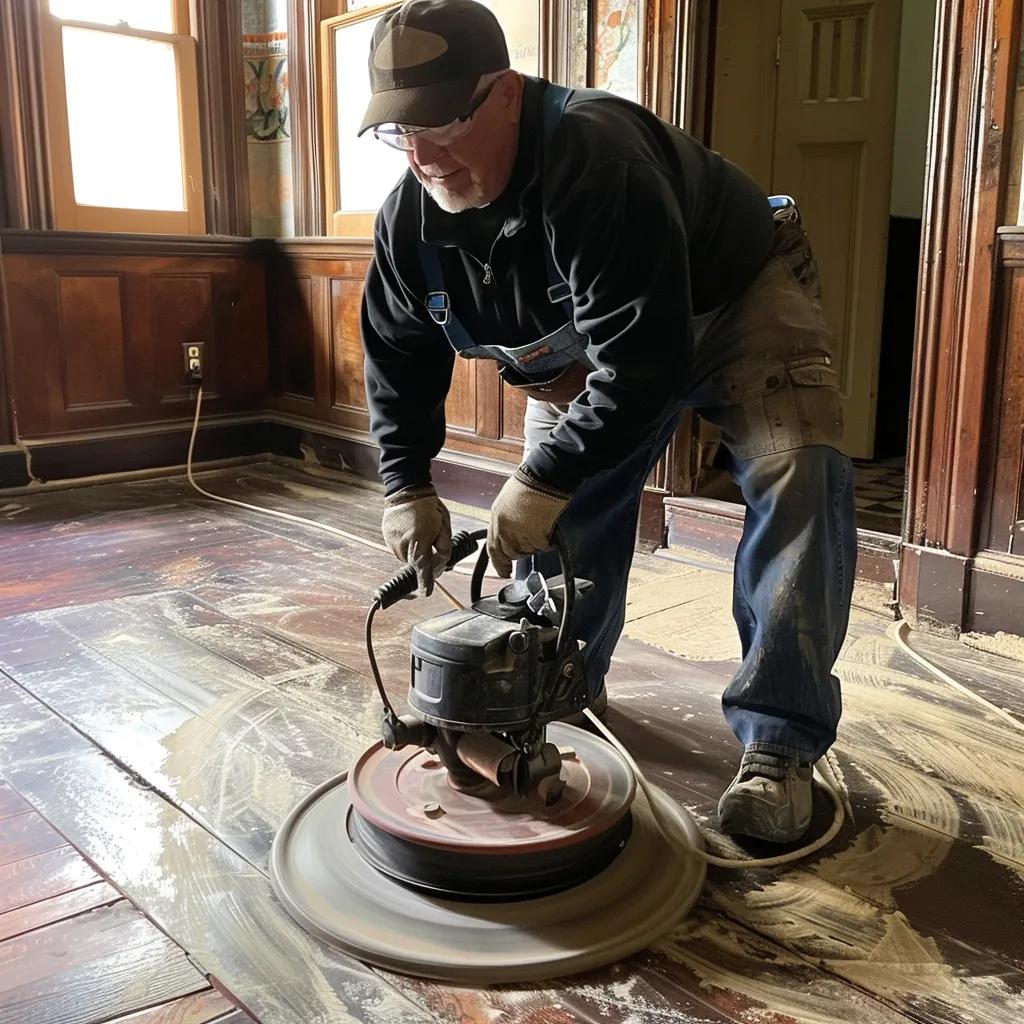
Historic hardwood floor restoration isn’t just a service; it’s a precise art form dedicated to preserving original planks, preventing irreversible over-sanding, and maintaining the structural integrity that has stood the test of time. Specialized restoration ensures those precious, thin wear layers remain intact, meticulously matching century-old finishes and safeguarding against the irreversible loss of a floor’s unique patina. Imagine a charming 1920s Craftsman bungalow with its original heart pine floors – it demands a lighter touch, a more nuanced sanding, and a color-matched stain that truly honors its era, not erases it.
What Are the Common Hardwood Floor Challenges in Older Decatur Homes?
- Scratches: From surface scuffs to deeper gouges, each mark tells a story, but needs careful attention.
- Gaps: Often up to 1/4 inch wide, these are common from decades of natural wood shrinkage and expansion.
- Thin Wear Layer: Many historic floors have less than 1/16 inch of usable wood left, demanding extreme care.
- Warping: Minor cupping or crowning can occur due to environmental shifts, requiring expert assessment.
These unique challenges stem from a century of cherished foot traffic, the ebb and flow of humidity, and original finishes wearing thin. They create structural vulnerabilities that demand gentle, precise repair methods *before* we even begin to address stains or discoloration.
How Does Decatur’s Climate Affect Historic Hardwood Floors?
Decatur’s humid subtropical climate is a beautiful part of our local charm, but it also drives seasonal moisture fluctuations that cause wood fibers to expand and contract. This can lead to noticeable cupping during our rainy summers and frustrating gaps in dry winters. Maintaining indoor humidity between a stable 35% and 55% is crucial. This consistent environmental control stabilizes the plank moisture content, preventing cracks or buckling and laying the essential foundation for long-term floor health *before* any refinishing even begins.
The Impact of Humidity on Hardwood Floors
Fluctuations in humidity can significantly affect hardwood floors, causing expansion and contraction of wood fibers. This can lead to issues like cupping in humid conditions and gaps during dry periods, emphasizing the importance of maintaining consistent indoor humidity levels to preserve floor integrity.
This research underscores our commitment to understanding and mitigating the unique environmental challenges faced by Decatur’s historic hardwood floors.
Which Wood Species Are Typical in Decatur’s Historic Homes?
Older Decatur residences are often graced with the enduring beauty of specific wood species, each with its own character and restoration considerations:
| Wood Species | Characteristic | Common Restoration Challenge |
|---|---|---|
| Heart Pine | Rich amber hue, dense grain | Limited wear layer, aggressive sanding risks irreversible damage |
| White Oak | Tight, distinctive grain pattern | Meticulously matching grain with replacement planks is key |
| Hard Maple | Light, uniform color, very dense | Susceptible to blotchy stain results if not expertly handled |
What Are Our Signature Techniques for Damage-Free Hardwood Floor Restoration?
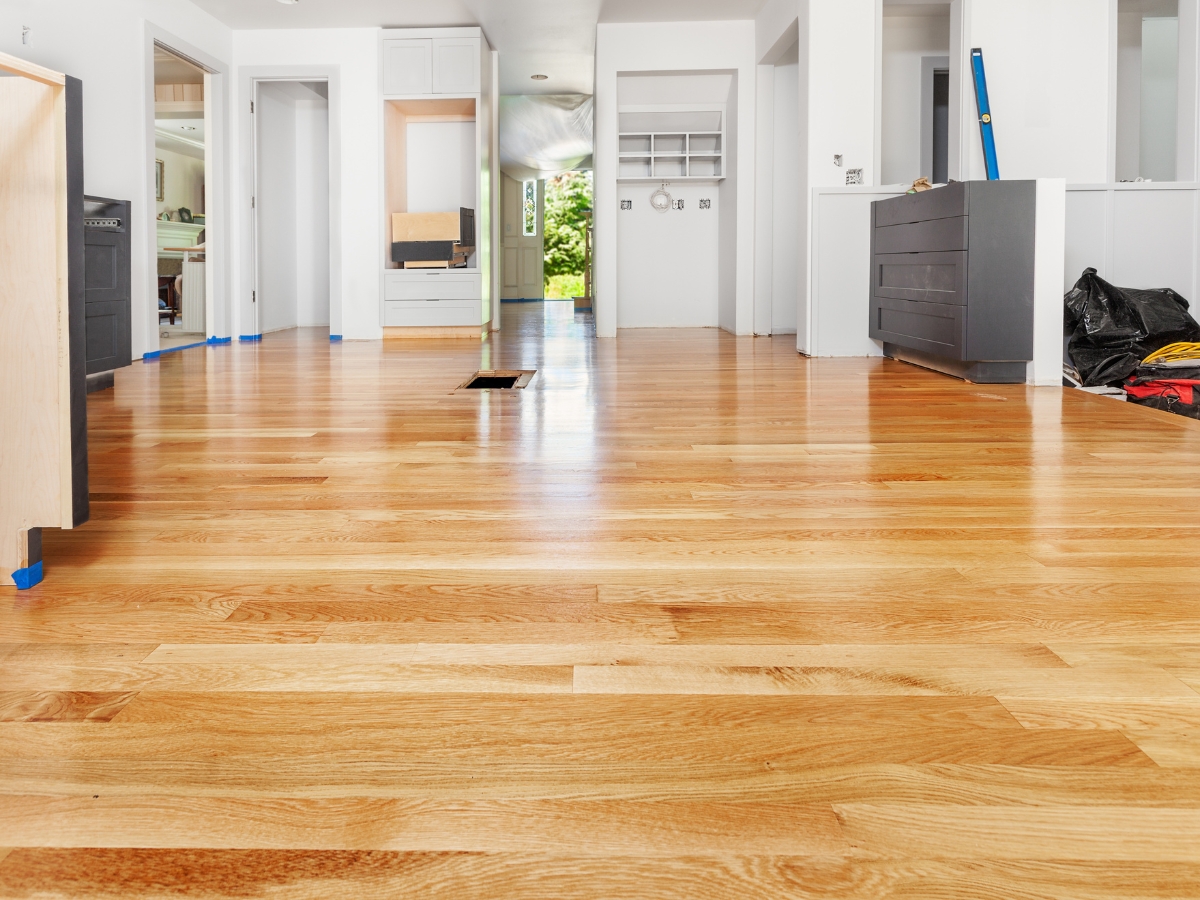
The path to restore hardwood floors takes careful prep, the right tools, and a light touch. The goal is to remove failed finish, correct wear, and keep as much original material as possible while protecting indoor air quality. Here is how a professional crew approaches the work from start to finish.
How Dustless Sanding Protects Historic Floors And Indoor Air Quality
We use sanders connected to HEPA filtration, so fine dust is captured at the source. On most projects, this setup collects the vast majority of sanding debris, which keeps particles off trim, furnishings, and HVAC registers. Before machines touch the floor, vents are covered, doorways are sealed, and the room is cleared. Technicians map out the wear pattern and choose a grit sequence that removes the old finish without cutting deeper than needed. Edges and corners are handled with detail tools set to the same depth, so the surface stays even.
Between passes, the crew vacuums the field and edges and checks for swirl marks or dishout. After the final sanding, the floor is vacuumed again and wiped with solvent or water as specified by the finish system to lift remaining fines. Because dust control ties directly to air quality, it is smart to plan a fresh filter install and even an HVAC tune-up after the job is complete. That way, the system is not recirculating remaining particles, and airflow and humidity control are verified before new finish cures.
When Chemical Stripping Is The Better Option
Some antique floors carry many layers of varnish, shellac, or paint, or have sections too thin for mechanical sanding. In those cases, a controlled chemical strip protects the material. The stripper is applied in small sections, allowed to dwell until the coating loosens, then lifted with scrapers that are kept sharp to avoid gouging. Residue is collected and the surface is neutralized per product directions so new finish will bond. A light sanding with fine grit follows to level the grain and remove soft remnants without erasing tool marks or patina that give older boards their character.
How Are Individual Planks Repaired or Replaced Without Compromising the Floor’s Integrity?
Repairing or replacing individual planks in a historic floor is a meticulous process that demands precision and respect for the surrounding original flooring:
- Isolate Damaged Plank: We carefully cut precise border channels to isolate the damaged plank, ensuring no disturbance to its neighbors.
- Extract Carefully: Using specialized pull-bars and small pry tools, we gently remove the plank, striving to keep it intact.
- Mill Matching Replacement: We meticulously source reclaimed heart pine or oak from trusted local suppliers, often milling it to perfectly match the original dimensions and character.
- Install and Level: The new plank is secured with high-quality flooring adhesive and discreet pin nails, then expertly blended into the existing floor with fine sanding, making it virtually indistinguishable.
This method ensures seamless board alignment and minimizes any disruption to your adjacent historic flooring, preserving its authentic flow.
Quality Checks That Protect Long-Term Results
Moisture content is verified before sanding and again before the finish goes down. Subfloor fastening is checked if movement or squeaks are present. After the final coat, the space is kept at a stable temperature and humidity while the finish cures. These steps are simple, but they prevent most callbacks and help historic floors wear evenly over time.
How to Choose the Perfect Finish to Restore Hardwood Floors
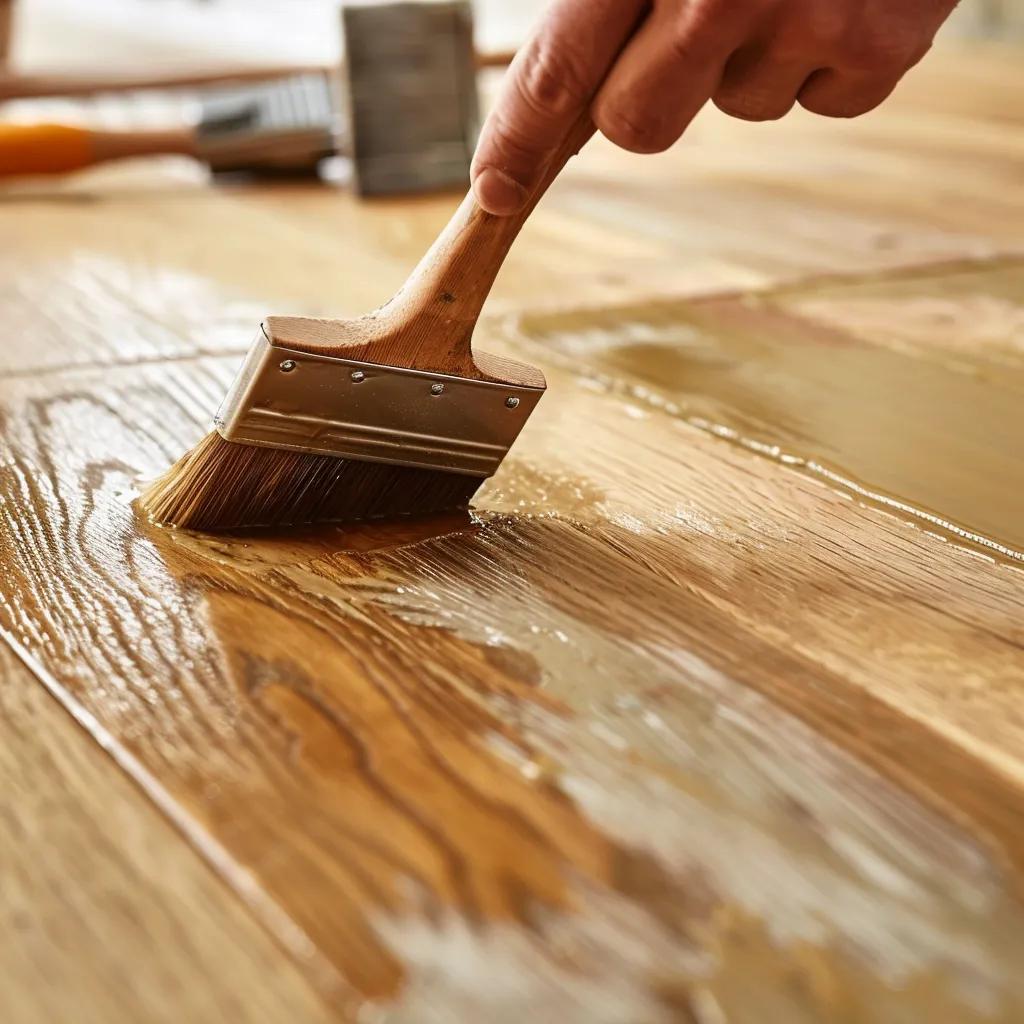
Picking a finish is about more than durability. The goal is to protect the wood, respect the era of the house, and land on a look that fits the rooms you live in every day. A good choice balances color, sheen, indoor air quality, and future maintenance.
What Are the Differences Between Oil-Based and Water-Based Finishes?
Oil-based polyurethane cures by oxidation. It warms the color, deepens amber tones, and builds film quickly with fewer coats. Many owners like the mellow glow it brings to oak and heart pine. The tradeoffs are higher odor during application, longer dry times, and a tendency to yellow over the years. That aging can be part of the charm in traditional homes, but it is something to plan for if you want a lighter palette.
Water-based polyurethane dries as water evaporates and a crosslinking reaction finishes the cure. It keeps the wood closer to its natural color, adds very little amber, and has much lower odor during work. Dry times are shorter, which helps in occupied houses. Most systems need more coats to reach the same film build, but modern two-component waterborne products are very durable and resist abrasion well. If you want clarity and minimal color shift, water-based is usually the safer bet.
Why Choose Low-VOC and Eco-Friendly Options for Historic Floors?
Older homes often have tighter stairwells, small windows, and modest mechanical ventilation. Low-VOC finishes reduce indoor emissions during and after the project and make it easier to keep spaces usable while the coating cures. Many newer products use renewable oils or bio-solvents without giving up protection against spills and seasonal humidity swings. Control of temperature and humidity matters during curing, so plan ventilation and filtration ahead of time. Scheduling an HVAC tune-up before finishing helps ensure good airflow, clean filters, and stable conditions that let the coating level and cure as designed.
Which Sheen Preserves the Original Look: Matte, Satin, or UV-Cured Systems?
Sheen sets the mood and affects how the floor wears. Matte leaves only a soft reflection and hides small scratches and dust better than brighter finishes. It reads closest to old oil and wax, which suits early 20th-century interiors. Satin offers a gentle glow without looking shiny. It is a practical middle ground for high-traffic rooms because it masks scuffs but still brings out grain. Gloss is rarely the right call in historic spaces, since it highlights every surface change and can look out of place.
UV-cured site finishes harden under portable ultraviolet lamps, so the floor can return to service very quickly. They are tough and resist chemicals, but color matching and surface prep must be exact, and not every species or stain schedule is a good candidate. Factory UV-cured prefinished planks are another option for additions or patchwork, though you will need to blend edges carefully to keep the field uniform.
Practical Tips Before You Commit
Test on the actual floor or on scrap from a repair. Stain and finish look different in every house because light, species, and age vary. Place sample panels in daylight and evening light to check color and sheen. Confirm that any cleaner, wax, or polish used in the past is fully removed so the new finish bonds. Plan a maintenance routine that matches the product: neutral cleaner, soft pads under furniture, and a recoat schedule before wear cuts into the wood. With a clear goal for color and sheen and a finish that fits your home’s ventilation and use, a restored floor will look right and hold up for years.
How Can You Maintain and Protect Your Beautifully Restored Hardwood Floors in Older Homes?
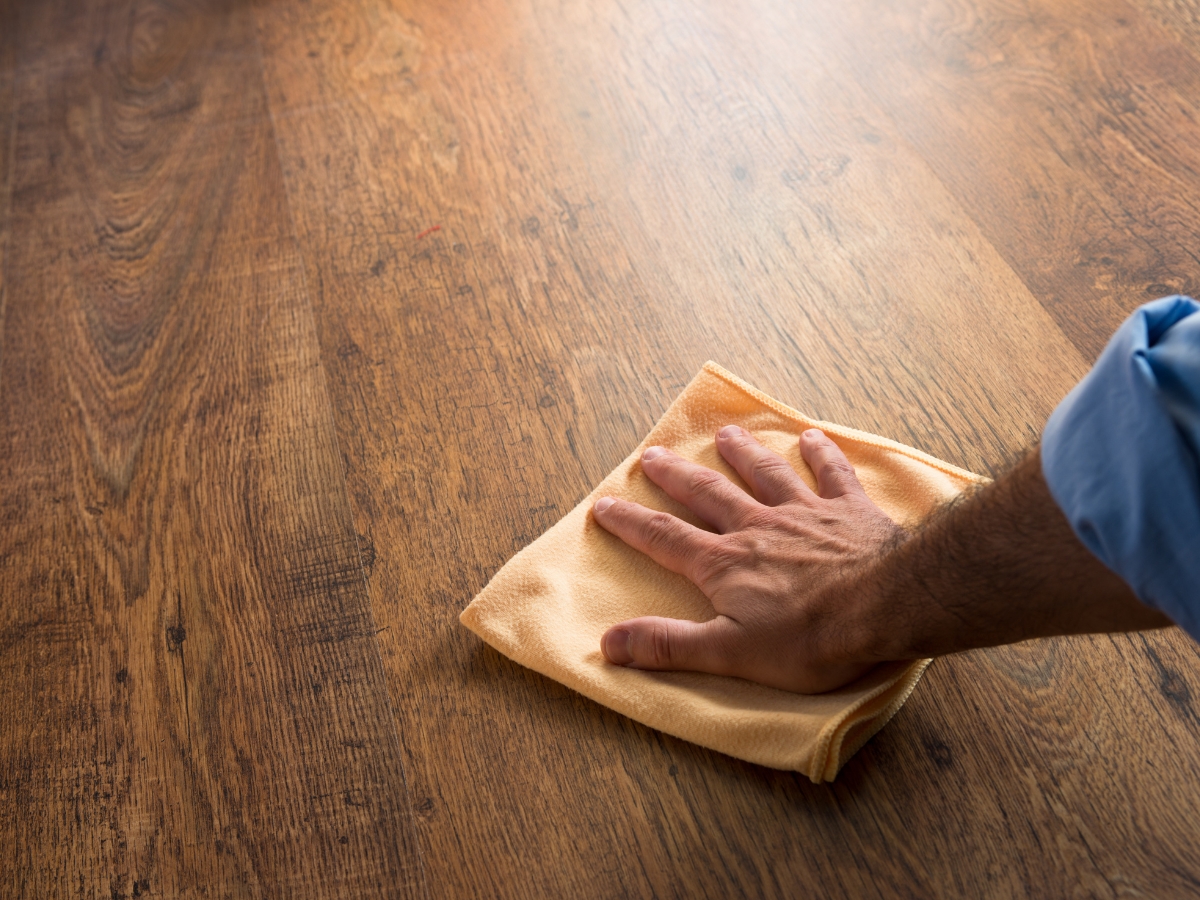
Your restored floors are an investment in your home’s heritage. Ongoing, mindful care is essential to preserve that restoration and keep their unique character intact for generations to come.
What Are the Best Cleaning Practices for Historic Hardwood Floors?
Gentle cleaning is key. We recommend damp mopping with pH-neutral, hardwood-specific solutions that effectively remove dirt without stripping the finish. Absolutely avoid steam mops or ammonia-based cleaners, which can lift finishes or even warp antique planks. Weekly dust mopping using a high-quality microfiber mop is your best defense, preventing abrasive grit from scratching those precious historic wood surfaces.
How Does Humidity Control Prevent Damage to Antique Floors?
Consistent humidity control is perhaps the single most important factor in preventing plank movement and finish checking. We strongly advise using programmable humidifiers and dehumidifiers to maintain an optimal 40–50% relative humidity year-round. This stable environment gently stabilizes wood fibers, significantly reducing the risk of unsightly gap formation in winter and frustrating cupping in summer, ensuring your floors remain flat and beautiful.
When Should You Schedule Re-Coating or Touch-Up Services?
To proactively protect your investment, we recommend planning a re-coating every 3–5 years in medium traffic zones and every 1–2 years in high-traffic areas like entryways or family rooms. A light buffing followed by a thin, fresh topcoat applied *before* wear-through spots appear will dramatically extend the life of your finish and protect the underlying wood. For minor scuffs and scratches between full re-coats, professional touch-up kits can work wonders.
What Is the True Cost and Enduring Value When You Restore Hardwood Floors in Older Decatur Homes?
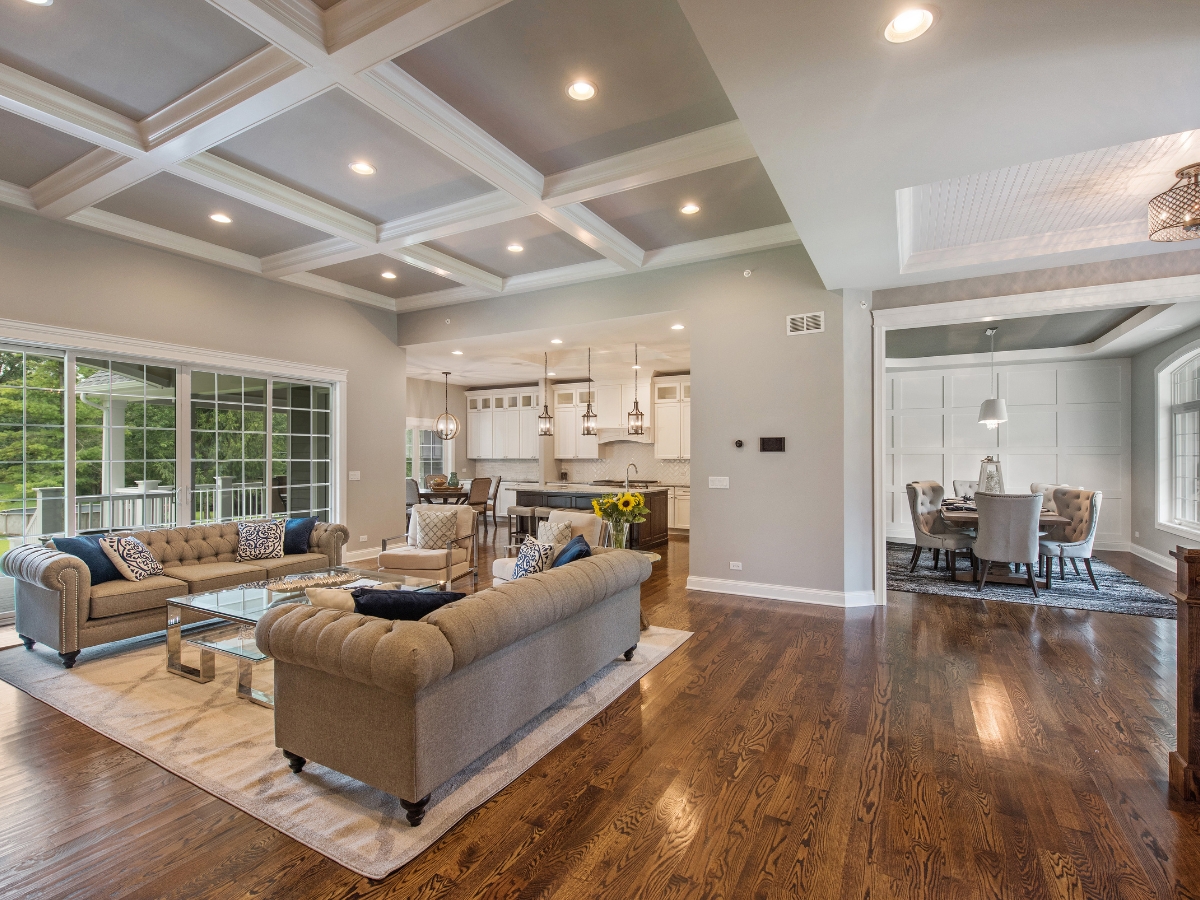
Understanding the investment ranges and the significant resale impact is crucial for homeowners making informed decisions about their cherished historic properties.
How Much Does Hardwood Floor Restoration Typically Cost in Decatur?
Typical restoration costs for historic hardwood floors in Decatur range from $2.50 to $4.00 per square foot. This investment is influenced by factors such as the specific plank species, your chosen finish, and the complexity of any necessary repairs. For projects requiring chemical stripping or extensive plank replacement, costs can range toward $6.00 per square foot. On average, for a 1,000-square-foot home, your investment will typically run between $2,500 and $4,500.
Is Refinishing More Affordable Than Replacing Hardwood Floors?
Absolutely. Refinishing your historic hardwood floors is generally 50–70% less expensive than a full replacement, which can cost $6.00 to $12.00 per square foot for the installation of new milled planks. Restoration leverages your existing, authentic substrate, preserves invaluable patina, and avoids costly demolition. It delivers historic authenticity and enduring beauty at a fraction of the price of a new installation, making it a truly smart choice.
How Does Restoration Increase the Value of Historic Homes?
Restored hardwood floors are a powerful asset. They can boost your home’s resale value by 2–5% and significantly improve its curb appeal, especially within Decatur’s charming heritage districts. Discerning buyers inherently associate well-maintained original floors with quality craftsmanship, timeless elegance, and landmark charm. This makes damage-free restoration a high-ROI home improvement that pays dividends both in enjoyment and financial return.
Why Choose Diaz Hardwood Floors for Historic Floor Restoration in Decatur?
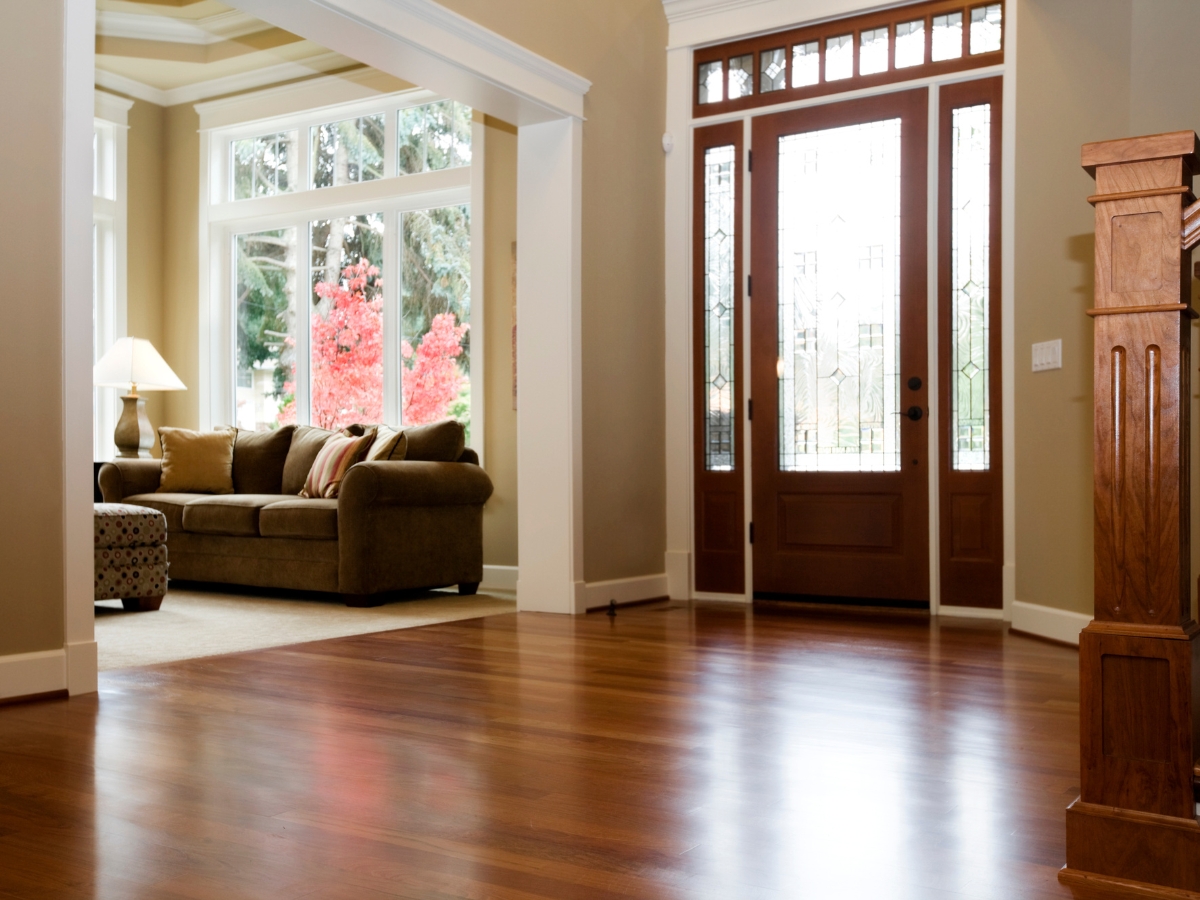
At Diaz Hardwood Floors, we don’t just restore floors; we revive history. We bring decades of local expertise and a preservation-focused philosophy to every older Decatur home. Our dedicated team combines gentle dustless sanding, period-accurate stain matching, and eco-friendly finishes to meticulously honor each home’s unique story and architectural integrity.
What Specialized Experience Does Diaz Have with Older Decatur Homes?
Diaz Hardwood Floors has proudly completed over 150 successful restorations in Decatur’s most beloved historic neighborhoods, including cherished Craftsman, elegant Victorian, and stately Colonial Revival residences. Our highly trained technicians possess an unparalleled understanding of the original plank dimensions, intricate nail patterns, and specific finish formulations commonly used in pre-1940 constructions, ensuring an authentic and respectful restoration.
How Does Diaz Ensure Damage-Free Restoration?
Our proprietary three-step approach is meticulously designed to ensure damage-free results: a comprehensive assessment to understand your floor’s unique needs, our signature dustless multi-grit sanding process that minimizes material removal, and selective plank repair that preserves antique wear layers. We utilize advanced HEPA-filtered systems and adhere to strict lead-safe chemical stripping protocols, protecting both your precious floors and your family’s indoor air quality.
Can Diaz Provide Case Studies of Successful Historic Floor Restorations?
Absolutely. We are incredibly proud of our work and invite you to explore detailed before-and-after galleries and project write-ups on our website. Recent examples include a stunning 1910 bungalow with original heart pine floors, which we meticulously restored to showroom condition using a low-VOC, matte-finish polyurethane, perfectly blending modern protection with historic charm.
FAQs About Restoring Hardwood Floors in Older Decatur Homes
We understand that entrusting your antique floors to professionals is a significant decision. Homeowners often have questions about timelines, identification tips, and the risks of DIY attempts, and we’re here to provide clear, expert answers.
How Long Does It Take to Restore Hardwood Floors in Older Homes?
A typical 1,000-square-foot historic floor restoration project usually takes 3–5 days from start to finish. This comprehensive timeline includes our initial assessment, the dustless sanding process, precise stain application, and the final protective finish coats. For projects involving complex repairs or multi-step stripping, the timeline may extend by an additional 1–2 days to ensure perfection.
How Do You Identify Original Hardwood Floors in Historic Properties?
Identifying original floors is part of our expertise. They often reveal tell-tale signs such as subtle hand-cut nail marks, charmingly inconsistent plank widths, and a unique aged patina beneath thin, worn finish layers. We use specialized inspection tools like moisture meters and finish thickness gauges to help verify authenticity and assess the floor’s condition before beginning any restoration work.
What Are the Risks of DIY Restoration on Antique Floors?
While the idea of DIY can be tempting, attempting to restore antique floors yourself carries significant risks. DIY sanding often leads to over-sanding thin wear layers, resulting in irreversible damage, uneven stain absorption, and potential harm to delicate tongue-and-groove joints. Improper finishes can trap moisture or amber excessively, compromising the historic character and often requiring costly professional correction down the line. Trusting experts like Diaz Hardwood Floors ensures your home’s heritage is preserved with precision and care.
Conclusion
Restoring hardwood floors in older Decatur homes requires specialized expertise to preserve their historic charm while bringing them back to life. At Diaz Hardwood Floors, we combine time-tested techniques with modern precision to revitalize your hardwood floors without compromising their integrity. Call 404-791-0444 today to schedule your consultation—let our craftsmen transform your floors into stunning, long-lasting features of your home. With Diaz Hardwood Floors, you get restoration done right—the first time.

